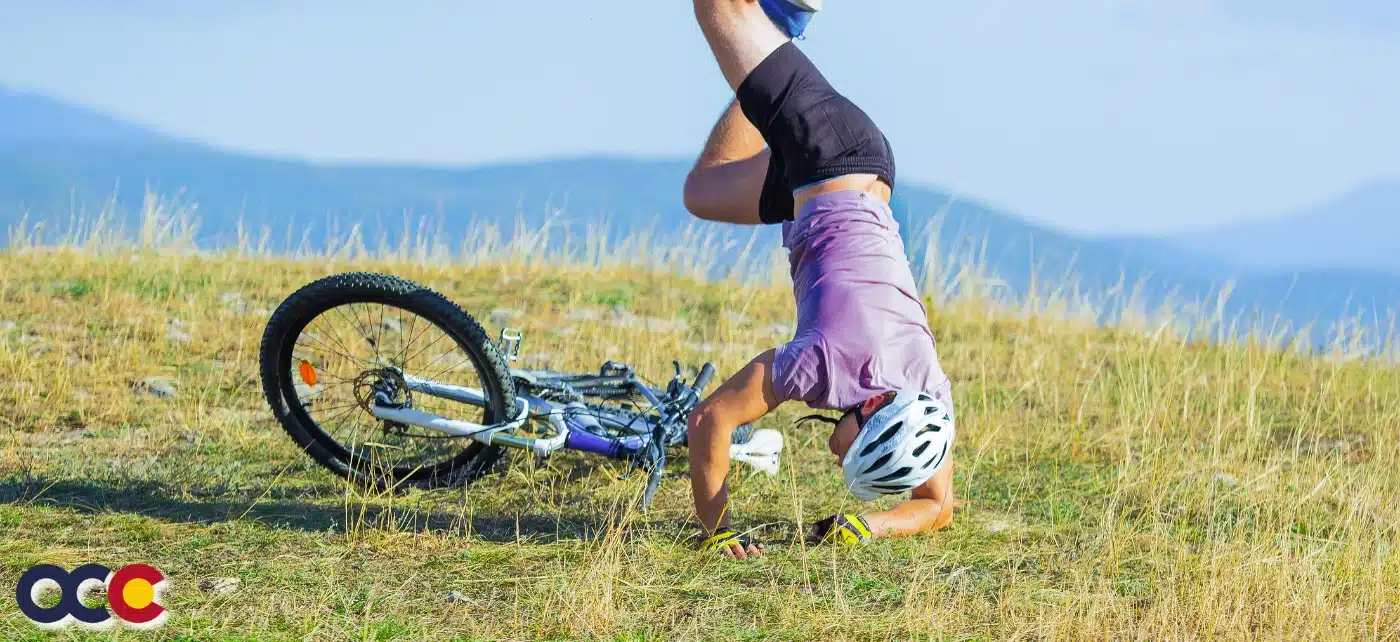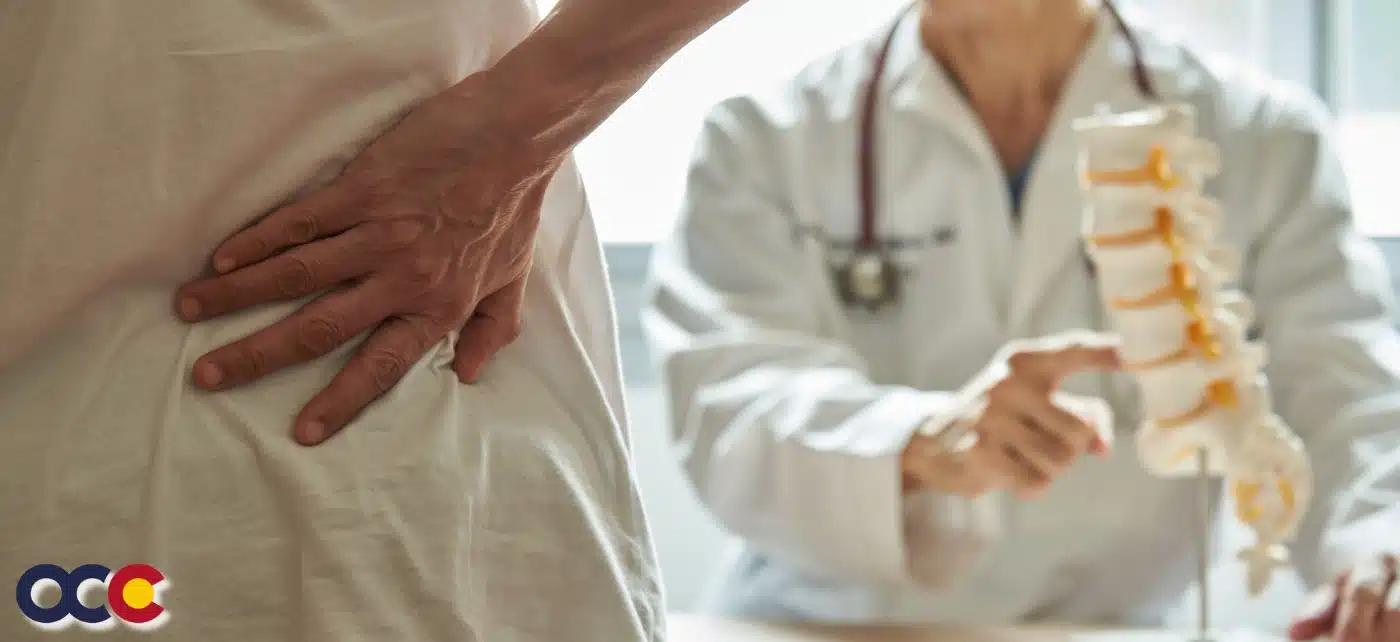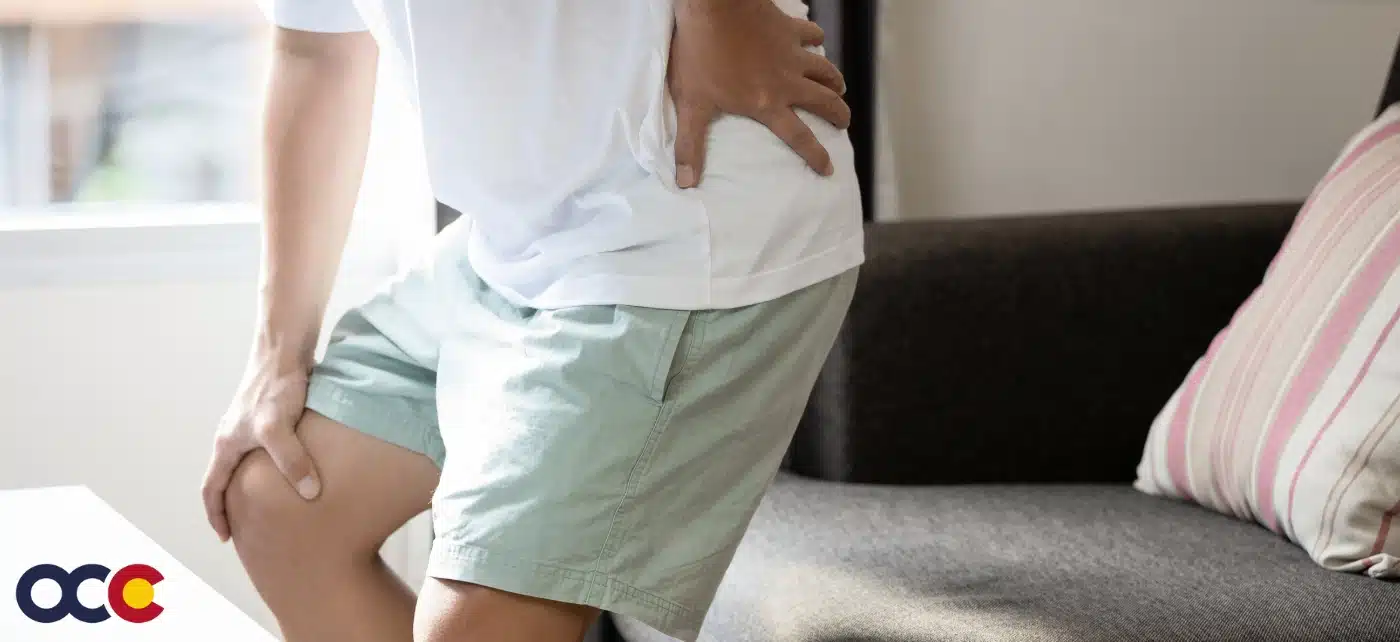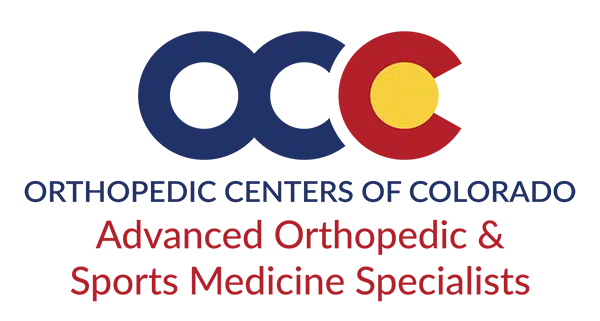If you’re seeking relief from neck or spine pain without surgery, read on to explore various non-invasive neck and spine treatment options, lifestyle adjustments, and supportive care options to help manage and alleviate your discomfort.
What types of non-invasive neck and spine treatments are available?
There are various treatments for neck and spine pain that don’t involve surgery. Among these are physical therapy, injections and spine conditioning programs. Depending on your symptoms, all these methods can help reduce pain and enhance the functional capabilities of the spine without invasive surgical procedures.
To make an accurate diagnosis and determine which of these treatments (or a combination) is best for each patient, a neck and spine specialist often uses imaging and diagnostic techniques including MRIs (Magnetic Resonance Imaging), CT scans (Computed Tomography), and X-rays. These tools provide detailed images of the spine’s anatomy, revealing issues that may not be visible through physical examination alone.
- MRIs capture high-resolution images of both bone and soft tissues, including discs, muscles, and nerves. This makes it particularly valuable for diagnosing conditions like herniated discs, spinal stenosis, and other nerve-related issues.
- CT scans are good at visualizing bone structures, making them ideal for detecting fractures or changes in the bone density associated with conditions like osteoporosis. When combined with a contrast dye, CT scans can also provide visual insights into the shape and size of spinal canals and the structures around them, which are critical for planning surgical or non-surgical interventions.
- For conditions where inflammation or nerve damage is suspected, diagnostic ultrasound might be employed. This technique uses sound waves to create images of soft tissues, and it is particularly useful for guiding needle placement during spinal injections. This ensures accuracy and maximizes the therapeutic benefits of the procedure while minimizing risks and discomfort for the patient.
- Electromyography (EMG) and nerve conduction studies are other diagnostic tools that provide essential information about the electrical activity of muscles and the speed of nerve signal transmissions. These tests are crucial for diagnosing nerve compression or damage that might be causing pain or weakness.
These tools enhance the diagnostic and treatment processes and inform a personalized treatment plan for each patient.
Let’s take a closer look at three of the most common non-invasive treatment options.
Physical therapy for neck and spine pain
Physical therapy offers a dynamic approach to pain relief and mobility improvement without surgical intervention. This treatment area focuses on restoring function, reducing pain, and promoting the overall health of the musculoskeletal system through a variety of techniques.
Patients engage in tailored exercise regimens that enhance strength, flexibility, and endurance, which are vital for spinal health. A typical physical therapy program might include exercises to strengthen the muscles supporting the spine, stretches to enhance flexibility, and posture training to reduce strain on the neck and spine.
Each program is customized to the patient’s specific condition, medical history, and specific spinal issues. For example, a person suffering from osteoporosis will require a different approach than someone with herniated discs. The therapy must adapt to these conditions to avoid exacerbating existing issues while still promoting spinal health. A personalized approach also helps in ensuring that exercises and manual therapies are not only safe but also as beneficial as possible.
Spinal injections
Spinal injections are another key option in the spectrum of non-invasive treatments. These are place medication near the spine to alleviate pain in the back, neck, leg, or arm, and are also used as a diagnostic tool to identify the specific source of spine-related pain. The most common types of injections include epidural steroid injections, facet joint injections, and nerve blocks.
- An epidural steroid injection, involves delivering steroids or a mixture of steroid and/or anesthetic or a numbing agent directly into the epidural space around the spinal cord. This can significantly reduce inflammation and pain.
- Facet joint injections target the joints that link the vertebrae, an area often associated with painful conditions.
Spinal injections, while effective for pain relief, require careful consideration regarding the frequency and type of injection to minimize potential side effects. Spine specialists also consider each patient’s history of response to steroids and their overall tolerance for these types of procedures. All of these factors play an important role in determining the suitability and spacing of injections to provide relief without undue risk.
For many patients, spine injections can not only be effective in alleviating pain, but also serve as a bridge to more active treatment forms like physical therapy, by providing enough relief for patients to participate in their exercises and conditioning programs.
What are spine conditioning programs?
Spine conditioning programs are specially designed to prevent and manage spinal pain. These programs combine elements of physical therapy and exercise to improve the structural support of the spine. Regular participation in a spine conditioning program can lead to substantial improvements in spinal function and pain reduction. The exercises are often low impact but focus intensively on core strength, stability, and flexibility.
These programs must be designed with an understanding of the patient’s lifestyle, daily activities, and specific functional goals. For example, someone involved in physically demanding work may require a conditioning program focuses more on strength and endurance. By contrast, for individuals with sedentary jobs, emphasis might be placed on flexibility and posture correction. This customization ensures that the conditioning program is not only effective in treating the spine condition but also in preventing future injuries and pain.
Conditioning programs can be particularly beneficial as they empower patients to take an active role in their recovery and management of spine health. By regularly engaging in these exercises, patients can enhance their physical fitness, which is crucial in mitigating the risk of future spine-related issues.
An integrated approach to non-invasive neck and spine treatment
The integration of these non-invasive treatments provides a comprehensive approach to managing spine and neck pain. Patients benefit from a treatment plan that not only focuses on immediate pain relief through injections but also on long-term health and functionality through physical therapy and conditioning. This holistic approach can address both the symptoms and the underlying causes of spinal issues, promoting a cycle of health that discourages the recurrence of pain.
Engagement in these non-invasive treatments often requires a multidisciplinary approach. Collaboration among healthcare providers, including physiatrists, orthopedic spine and neck specialists, and primary care physicians, ensures that all aspects of the patient’s health and spine condition are considered. This collaborative approach helps in crafting a cohesive and comprehensive treatment plan that addresses not just the symptoms but also the root causes of spinal issues.
Each of these treatments offers a pathway to pain relief that avoids the complexities and risks associated with surgery. By focusing on strengthening, flexibility, and direct pain relief, they form a robust framework for the non-invasive management of spine conditions.
This holistic strategy not only improves quality of life but can also reduce the dependency on medications and invasive procedures. What’s more, patients who engage actively in their recovery processes often experience improved morale and a greater sense of control over their health.
By integrating physical therapy, spinal injections, and conditioning programs, patients are offered a multifaceted approach to spine health.
To learn more about these and other non-invasive spine and neck treatments, meet with one of our neck and spine specialists: Dr. Michael Shen and Dr. Christopher D’Ambrosia.









